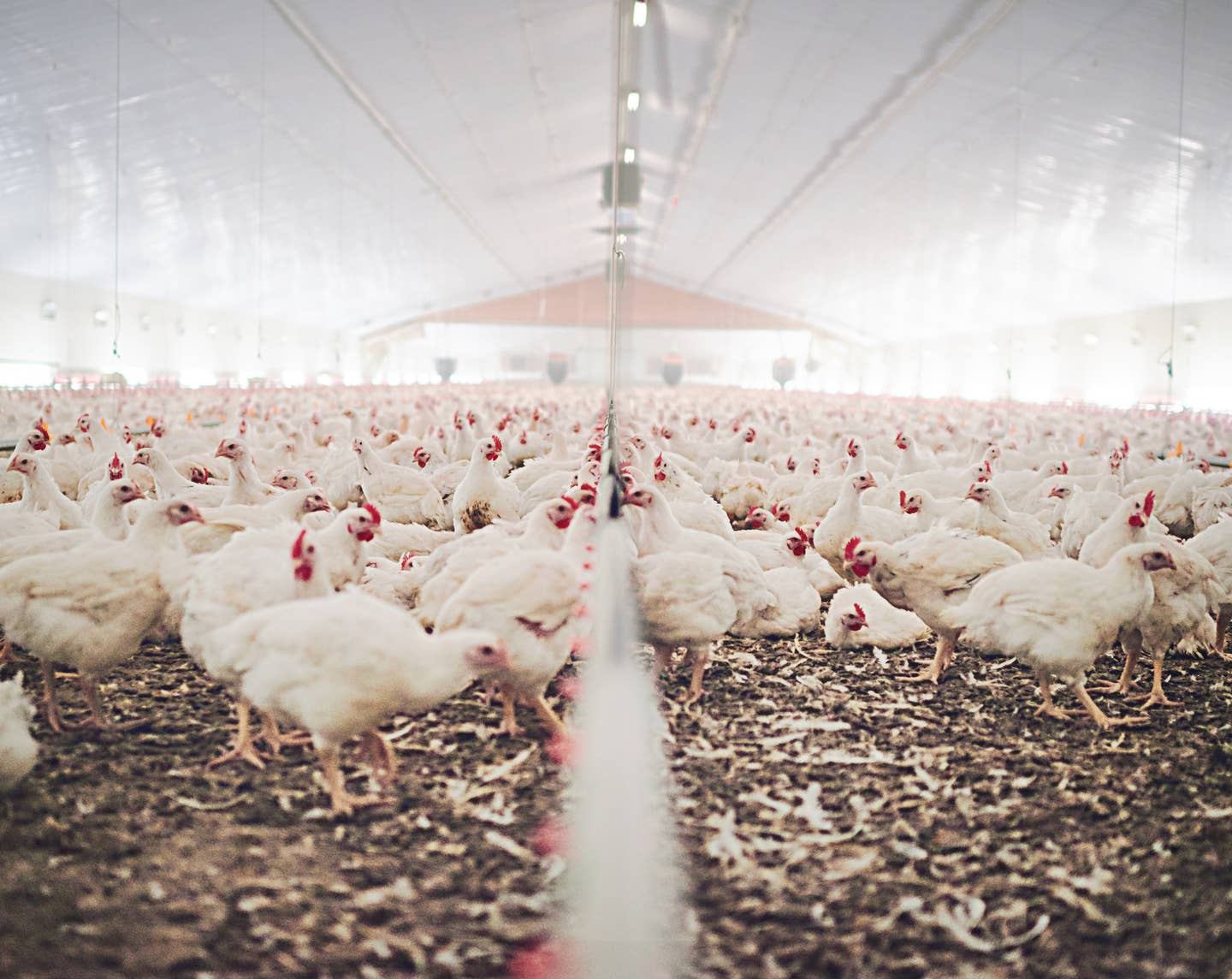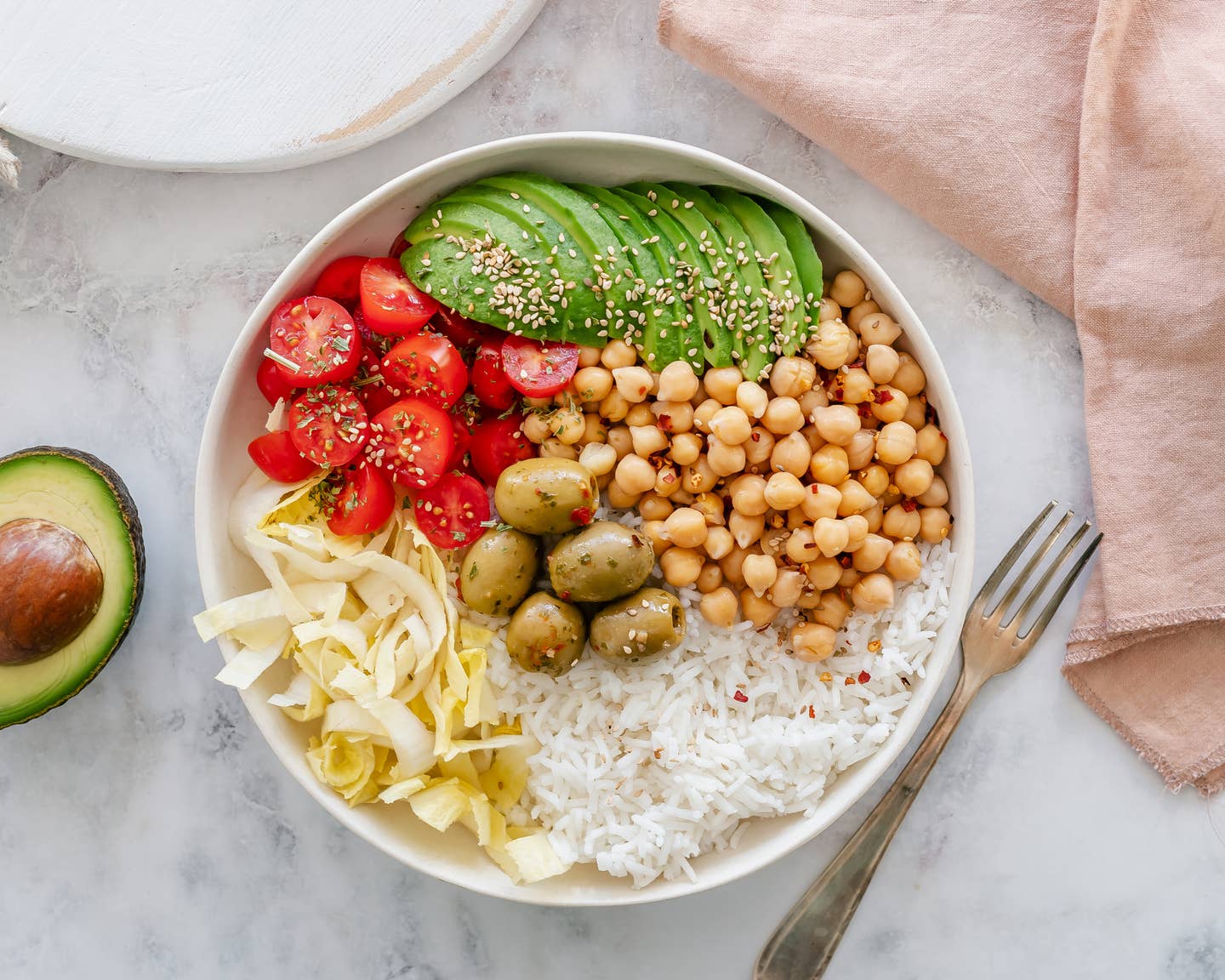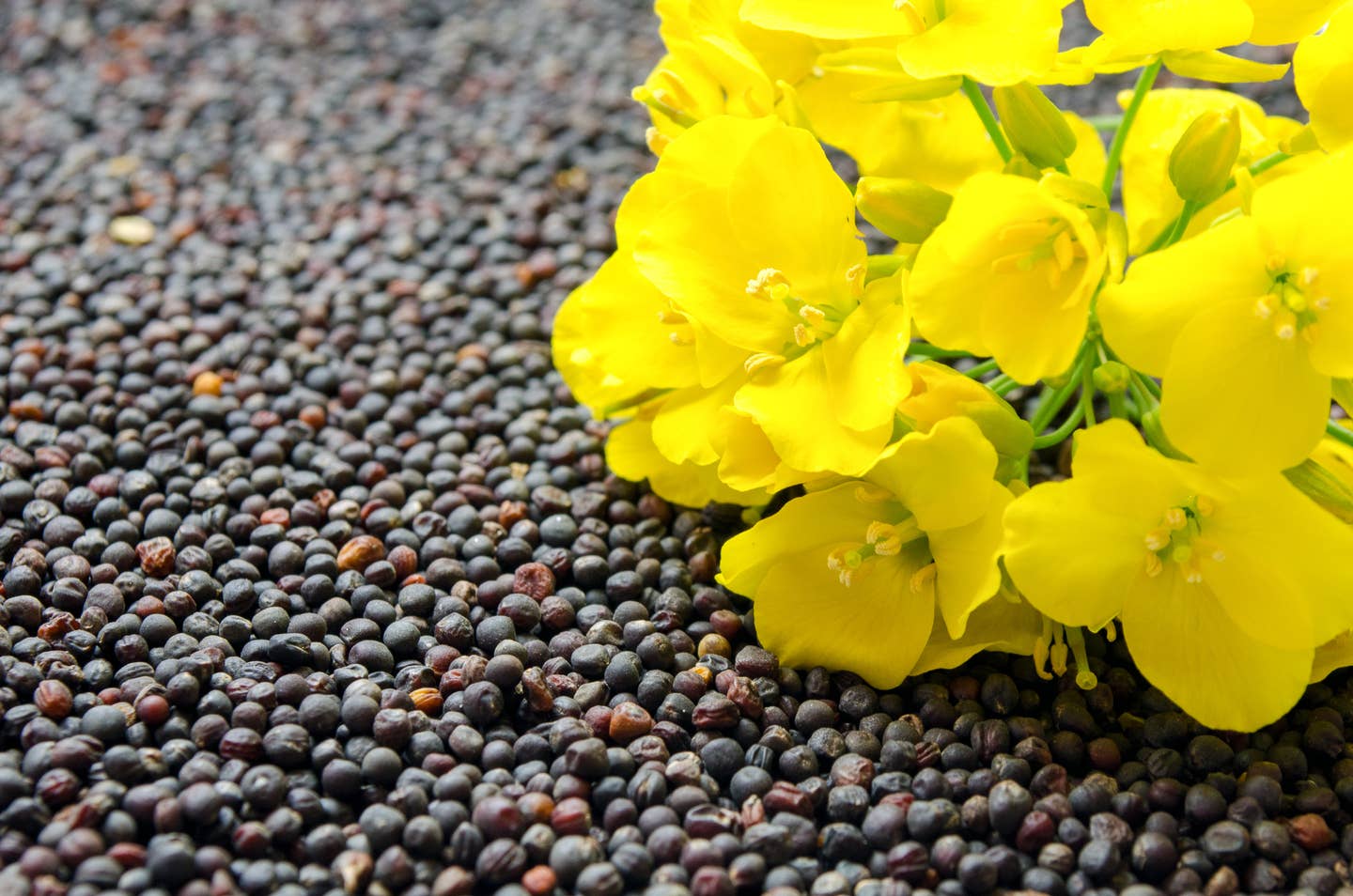
This Country is Investing $100 Million Towards a Plant-Based Future
The world may seem just inches from the point of no return to combat climate change, but the United Nation's latest report reassured us that there is still time left – under one condition: We take swift plant-based action. Coinciding with this call to action, Denmark just announced that it will invest $100 million into a brand new fund dedicated to promoting plant-based innovation, sales, and education across the country. The campaign will help curb the negative environmental consequences of Denmark's large meat industry.
The Danish Agency for Agriculture launched this campaign, called The Plant Fund, to ensure the country helps uplift its growing plant-based market as environmental action becomes more urgent. The Danish government also invited the Danish Plantbased Business Association to sit on the board and advise how this investment should be allocated.
“The [plant-based] industry’s Achilles heel is that the market is too small. We will work to ensure that the fund’s funds are primarily used for market development,” Head of the Secretariat in the Danish Plantbased Business Association Frederik Madsen. “We are proud that the Danish Plantbased Business Association has now been recognized by the Minister of Food, in line with the other industry organizations that can get a seat on the board of the Plant Fund. Therefore, it is both a milestone and a great recognition that we are hugely honored when we established the industry association just three years ago.”
Denmark’s Growing Plant-Based Market
Denmark’s new campaign will help strengthen its steady plant-based market growth. Through this initiative, the Danish government aims to support its national brands including Dryk, Naturali, and Cavi-art as they enter international markets. Current estimates project that Denmark’s plant-based sales increased by $8 million from 2018 to 2020.
The country’s plant-based movement is occurring as more data shows just how detrimental Europe’s carbon footprint is to the global environment. One report found that animal products such as dairy account for 82 percent of the food industry's carbon footprint in the EU, noting that cutting down meat and dairy consumption is the most effective method to minimize greenhouse gas emissions.
Plant-Based Incentives
Promoting plant-based food in Denmark has been met with some resistance. Danish cuisine is heavily defined by dishes that feature pork meat and dairy, but the Danish government is working to incentivize plant-based expansion at every level. Last November, the government launched another plant-based campaign, making $90 million USD available to farmers that produced primarily plant-based foods.
Denmark’s initial campaign also committed to establishing an annual fund of $11.7 million until 2030 that will be entirely dedicated to promoting the plant-based sector. For a small country, pig farming has experienced a substantial expansion in recent years. Now, the Danish government is looking to transition from animal products to plant-based food production.
Despite the growing pig farms, a recent report found that nearly half of Europeans have revealed that they are working to cut meat from their diets. The report found that 37 percent of people identified as vegan, vegetarian, or flexitarian; and 73 percent recorded lower levels of meat consumption this year than the year prior. With no time to waste, the Danish government intends to help raise these numbers by promoting businesses that are leading Denmark towards more sustainable food systems.
For more about plant-based planet initiatives, visit The Beet's Environmental News.
Top 10 Sources of Plant-Based Protein According to a Nutritionist
1. Seitan
Protein: 21 grams in ⅓ cup (1 ounce) Seitan isn’t as popular as other proteins, but it should be! Made from wheat gluten, its texture resembles ground meat. It’s often used in pre-made veggie burgers or meatless nuggets. Seitan has a savory taste, like mushrooms or chicken, so it works well in dishes that call for an umami flavor. With a hearty texture, seitan can be the star of practically any vegan main dish. Add it to stir-fries, sandwiches, burritos, burgers, or stews. Like tofu, seitan will take on the flavor of any marinade or sauce.
2. Tempeh
Protein: 16 grams in 3 ounces If you like a protein with a bit of bite, add tempeh to your list. Made from fermented soybeans, tempeh has a slightly nutty flavor and is pressed into a block. Most varieties include some sort of grains, such as barley or millet. Not only is tempeh a plant-based source of protein, but the fermentation process also creates good-for-your-gut probiotics. You can cut tempeh right off the block and use it as the base for a sandwich or pan-fry it with some sauce. Or, crumble, heat, and make it the star of your next taco night.
3. Lentils
Protein: 13 grams in ½ cup cooked Lentils come in multiple varieties--red, yellow, green, brown, black. Regardless of the type lentils are small but mighty nutritional powerhouses. They pack a good amount of protein as well as iron, folate, and fiber. When cooked, brown lentils retain their texture and can be the base for a grain bowl or make a hearty substitute for ground meat in meatballs, lasagna, tacos or Bolognese. Red lentils are a bit softer and make a nice add-in for a hearty soup, chili, or stew.
4. Hemp Seeds
Protein: 10 grams in 3 tablespoons Hemp seeds are a tender and nutty seed, derived from the hemp plant. They contain good amounts of omega-3s, iron, folate, magnesium, phosphorus, and manganese. They are also a solid source of both soluble and insoluble fiber, which helps to keep your digestive tract healthy and humming. Because they pack a double whammy of protein and healthy fats, hemp seeds can help satisfy hunger, preventing those embarrassing stomach growls as you slog your way to your lunch break. Add them to your morning smoothie or sprinkle them on top of yogurt, oatmeal, or even a salad.
5. Tofu
Protein: 9 grams in 3 ounces (⅕ of a block) Made from coagulated soybeans, tofu is the most popular plant-based protein. Soy is one of the only meatless "complete" proteins, meaning that it contains all of the essential amino acids that the body can’t make but needs for muscle and immune function. With 15% of your daily calcium needs, tofu is also a good replacement for dairy.
6. Edamame
Protein: 9 grams of protein in ½ cup This sushi appetizer is a nutrient powerhouse, so eat it anytime. Edamame is really just another name for soybeans in their pods. Let’s list off some stats--a small ½-cup serving of edamame has 9 grams of protein, 15% of your daily vitamin C, 10% of your daily iron and 16% of your daily fiber. Keep a bag of edamame in your freezer to serve as a fun-to-eat side dish or opt for the shelled variety to toss into salads or a grain bowl.
7. Quinoa
Protein: 8 grams per cup (cooked) Quinoa is an ancient grain and since it's gluten-free a great choice for anyone avoiding gluten. Add it to your burger recipe to create filling texture, or instead of meat in your taco or burrito. Quinoa is among the healthiest foods on the planet, delivering phytonutrients that have anti-inflammatory qualities, so keep it in your pantry for any meal that needs a filling grain. Just remember to soak it and rinse before cooking to get rid of any bitter taste.
8. Black Beans
Protein: 7 grams in ½ cup (canned) Eating beans on the regular might as well be a prerequisite for a plant-based diet. Not only are canned black beans inexpensive, but they also contribute 10% of your daily iron and 25% of your daily fiber to your diet. For less than $1 a can, beans can be the star of tacos, quesadillas, salads, soups, burgers, or dips.
9. Amaranth
Protein: 6 grams in ⅔ cup (cooked) Chances are you’ve never cooked amaranth. But you should, since this tiny, gluten- free grain is packed with almost 30% of your daily fiber and 20% of your daily iron. Cook it like a traditional grain to yield a soft, porridge-like texture. Many people add amaranth to other a hot breakfast cereal mixture, like oats and quinoa. It also pops like popcorn. Toss it in a pot with some oil and wait for it to pop up into a nutritious snack.
10. Peas
Protein: 5 grams in ⅔ cup If peas were one of your most hated veggies as a kid, it’s time to give them another chance. These green beans are a great low-calorie protein to keep in your freezer. Sure, they don’t always taste great when steamed or microwaved (who wants to eat mushy, overcooked peas?), but they do blend well into a yummy puree that can be slathered on toast. To amp up the flavor, add some lemon juice or mint to your mix before you blend.
More From The Beet






